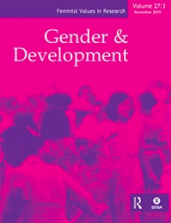Land reform in South Africa: Lessons from Latin America

Overview
Land distribution in South Africa has always favoured white farmers. This article examines lessons from the history of land reform policies in Brazil, Bolivia and Chile, looking at problems of rural poverty, landlessness and dispossession. Political developments in South Africa may limit the scope for land reform. In October 1993, the World Bank presented its first main proposal for land reform in South Africa, in which it is advocated that the primary mechanism of land reform should be redistribution through the market with significant state support. The guiding principle of the Bank’s proposal is political and economic liberalization, making agriculture more efficient through changes in pricing and marketing. Land reform is only one economic strategy to address the needs of the rural poor. If land distribution is not followed and supported by technical and financial support and services, the new owners or users might be unable to use the land effectively. The different categories of people that agrarian reform aims to benefit are also mentioned. Abstract supplied by kind permission of CABI.
This article is hosted by our co-publisher Taylor & Francis.
Additional details
Author(s)
How to cite this resource
Citation styles vary so we recommend you check what is appropriate for your context. You may choose to cite Oxfam resources as follows:
Author(s)/Editor(s). (Year of publication). Title and sub-title. Place of publication: name of publisher. DOI (where available). URL
Our FAQs page has some examples of this approach.
Influencing Behaviours and Practices to Tackle Poverty and Injustice


